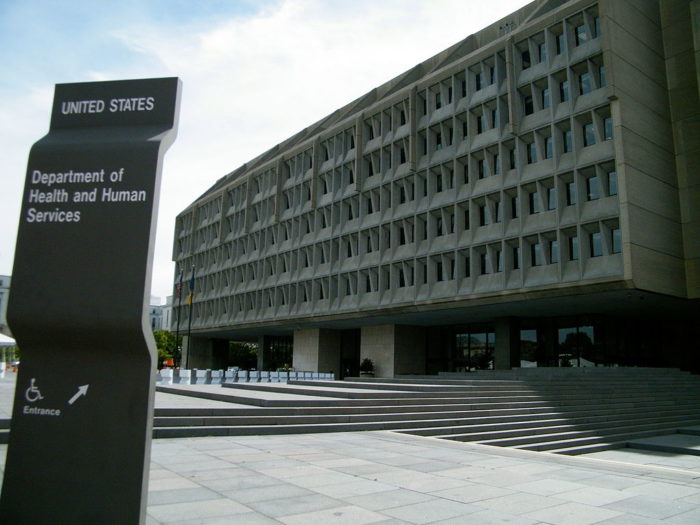Open contracting in practice: opening decisions in the social services ecosystem
Open contracting is one of the most exciting strategies towns and cities can adopt to give residents access to information on how public money is spent. This blog post is the first in a series exploring how open contracting is not just a process improvement, but a reform that could bring positive change to some of the most challenging issues facing local governments.
Anyone who has worked in social services will tell you that navigating bureaucratic government systems can often be the most time-consuming and soul-sucking part of the job. In her TED talk in 2015, Hillary Cottam, a social entrepreneur and design research expert, highlighted the ways in which social service systems are broken: entangled in a world of government contracts. Social service systems, by design, place a significant administrative and reporting burden on case managers and social workers already responsible for caring for those with the highest need in our society.
Cottam and other experts trying to find innovative solutions for the challenges in our social service systems have all converged on a fundamental point: people and their communities need to be at the center of how we design these systems in order for them to work.
Today, innovation labs like the City of Austin’s iTeam, design research firms like Reboot, or data-centered initiatives like Open Referral tackle different issues under the big umbrella of social service reform. By working inside and outside of governments to make programs run more smoothly, these reformers hope to usher in a new era of collaborative, open, responsive design in social services.
Last year, Sunlight’s Open Cities team worked with Austin’s iTeam to try to find opportunities for open data to improve access to information about services for homelessness. As we detail in our case study about the work, many community members, including those on the front lines of providing services, had a very vague understanding of how government contracts were dispersed across the city. Organizations had to find and create partnerships or synergies on their own, without a clear, workable picture of how individuals move across organizations to receive different services.
Adding to their burden, staff on the front lines are often also expected to report progress and outcomes to contract administrators at the City, meaning many of their data collection processes and internal systems are geared toward reporting, rather than achieving holistic outcomes. And performance metrics laid out in City contracts, if they exist, often are created inside of City Hall during the solicitation phase of procurement without any input from front line workers.
Stepping back to look at the ecosystem of services in Austin, mirrored in towns and cities across the U.S., it’s clear that front line workers do not have a bird’s eye view of their own field. Instead, they are often restricted by contracts created without their input and without the input of clients themselves. As a result, clients systems become trapped in an environment where bureaucracy is as much a burden as these services are a necessary help. As Cottam said in her TED talk,
“When the government says that a family like Ella’s costs a quarter of a million pounds a year to manage, what it really means is that this system costs a quarter of a million pounds a year. Because not one penny of this money actually touches Ella’s family in a way that makes a difference. Instead, the system is just like this costly gyroscope that spins around the families, keeping them stuck at its heart, exactly where they are.”
Austin has taken a first step toward balancing the scales of power in the government-contractor relationships around social services. They’re opening their doors to people with lived experience of homelessness to inform policy changes around how services are contracted and administered, and they’re attempting to collect and publish better data through City contracts so the public can evaluate how well services are meeting clients’ needs.
Although there are risks with making social services data more transparent, there are also ways to avoid them. For example, local governments tend to fall into “efficiency traps”, which may mean cutting costs whenever open data shows that certain providers receiving public money are underperforming. Instead, they might take a growth mindset and invest more deeply in partners who have already done the decades-long work of building trust with clients to figure out what’s wrong.
Additionally, because personal data about who receives services for what is highly sensitive, many providers, rightfully, approach data-sharing with a defensive mentality. However, governments have the power to be conveners who help decide what should remain private, and what is in the public interest to disclose.
Our primary hope is that more local governments will re-examine the systems behind their social services, starting with procurement. They should ask how openness and transparency might enable more collaboration between providers, clients, and governments themselves.
When it comes to social services, open contracting can be an effective tool for change, but not just because of the open data that improved procurement processes might produce. Another real promise is that open processes might actually allow people living and working on the front lines of our society’s most pressing issues to re-shape the public systems that govern them.


